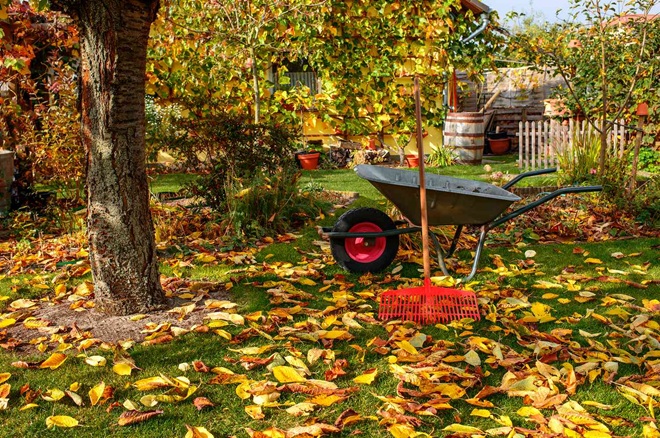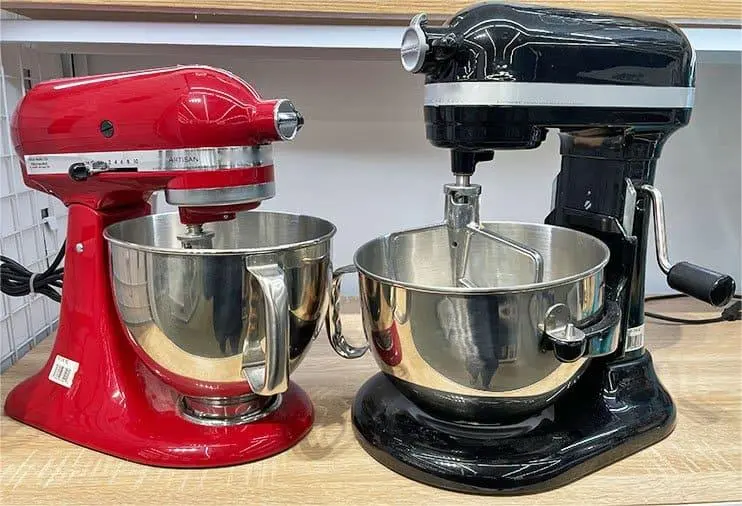
The whole small-room dilemma… it’s something most of us have dealt with at some point. You’re standing in that tiny bedroom or bathroom thinking “how can I make this feel less like a closet?” Paint is actually one of the cheapest ways to transform a space, but picking the right color can be tricky.
The wrong shade can make walls feel like they’re closing in on you, while the right one can create an illusion of space that wasn’t there before.
The Science Behind Color and Space Perception
Our brains process color in interesting ways. Lighter colors tend to reflect more light, which makes surfaces appear to recede. Darker colors absorb light and can make surfaces feel closer. It’s not just psychological – there’s actual science behind why certain colors make spaces feel bigger or smaller.
White and Off-White: Classic Space Expanders
White is the go-to for a reason. It reflects the most light and creates a sense of openness that’s hard to beat. But not all whites are created equal. Pure whites can sometimes feel clinical or stark in small spaces.
Some better options:
- Soft whites with subtle undertones
- Creamy off-whites that add warmth
- White with just a hint of gray to add dimension
Benjamin Moore’s “White Dove” is popular because it has just enough warmth without going yellow. It works in most lighting situations too, which is important in small rooms that might not get great natural light.
Light Neutrals That Add Warmth Without Closing In
If white feels too boring or impractical (especially in high-traffic areas), light neutrals are your friends. Pale grays, soft beiges, and light taupes can open up a space while adding a bit more personality than plain white.
Pale blue-grays are especially good at creating a sense of airiness. They have a way of making walls seem to disappear, almost like you’re looking at the sky.
Surprising Dark Colors That Create Depth
This might sound crazy, but sometimes going dark actually works better than light colors in tiny spaces. I know, it goes against conventional wisdom. The trick is using deep, rich colors like navy blue or charcoal gray to create depth.
Dark colors can blur the boundaries of a room, making it harder to tell where walls begin and end. This works especially well in rooms with limited natural light anyway, like powder rooms or cozy dens. The darkness creates a cozy, den-like feel that embraces the smallness rather than fighting against it.
Strategic Color Placement for Maximum Impact
You don’t have to paint every wall the same color. Sometimes painting just the end wall of a narrow room in a slightly darker shade can make it appear wider. Or painting the ceiling a shade lighter than the walls can make it seem higher.
Sheen Matters
The finish you choose matters almost as much as the color. Higher-gloss finishes reflect more light, which can make a space feel larger. But they also highlight imperfections in your walls.
A good compromise is often eggshell or satin finish – they have a subtle sheen without showcasing every little bump and crack.
Testing Before Committing
Those tiny paint chips from the store are basically useless for making real decisions. Light changes everything about how a color looks. Buy sample pots and paint large swatches (at least 2 feet square) on different walls of your room.
Check them at different times of day – morning light, afternoon, and evening with lamps on. A color that looked perfect at noon might look completely wrong at 7pm when you’re actually using the room.
For truly personalized advice on small space color selection, experienced house painters can be an invaluable resource. Professional painting contractors bring years of expertise seeing how different colors perform in various room sizes and lighting conditions.
Paint can make a huge difference in how spacious a room feels. Sometimes the solution isn’t moving to a bigger place – it’s just a $30 gallon of paint in exactly the right shade.
Final Thoughts
Paint is probably the cheapest way to transform your space. Don’t rush the decision though – live with those sample patches for a few days if you can.
Sometimes a color grows on you, sometimes you realize it’s all wrong. Remember that lighting in your home is totally different from the store. And maybe the most important thing… don’t get too hung up on trends.
The “color of the year” might look terrible in your specific room with your specific furniture. Trust your gut feeling when you walk into the room. If it feels good to you, that’s what matters most.






